Among the most outlandish project seriously prepared by the Bureau of Construction and Repair (C&R) of the United States Navy from late 1916 were a series of battleships proposed by Senator “Pitchfork” Benjamin Tillman. This was the concept of “maximum battleship”, seeing how much technology can allow in terms of realistic combat performances regardless of cost and shipyard constraints but “Panamax” nevertheless. This was in the context of a possible war with Germany, which became a reality in April 1917 as some of these proposals were submitted. Now, these absolutely massive ships were not a complete waste of time, as they helped influence the actually built (and later cancelled) South Dakota class… Happy 1st April.
The “Maximum Battleship” concept
The United States never had any serious intention of building a “Tillman” battleship, which was all but an interesting intellectual and technical exploration of what was possible and somewhat amused BuC&R without much work. The US Navy however, unsurprisingly was not interested in these designs, only drawing them up to appease Senator Tillman. As the same congress needed him and others to support the bills for others, more practical battleships it really needed.
These studies would remain a curiosity for naval historians, as the most spectacular battleship designs ever produced in the United States, even above the most outlandish designs produced by Japan and Germany. They continue to also generate fascination for alternate history speculative forays.
Bopic: Benjamin Tillman
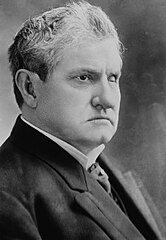 Ben Tillman (1847-1918) was a US Senator from South Carolina, first elected in 1895 until his death. He had a fairly “colorful” career, being known as “Pitchfork Ben” for his populist ways eve too much for fellow democrats. This emerged after a famous speech he gave, in which he threatened to poke US President Grover Cleveland in the belly with a pitchfork. He was also a white supremacist who opposed civil rights for black Americans, even going so far as leading a paramilitary group of Red Shirts during South Carolina’s violent 1876 election (and lost an eye in the process) and defended lynchings. He was censured by the Senate in 1902 for assaulting another senator in the very senate floor as well. He still was elected member of the Senate’s Committee on Naval Affairs during the war and apparently. The Navy grew tired of his requests for larger battleships year after year, or pushed for designs significantly larger than Congress authorized. His last foray were its famous “maximum battleships” in 1916-17, calling for the largest battleships the Navy could practically use.
Ben Tillman (1847-1918) was a US Senator from South Carolina, first elected in 1895 until his death. He had a fairly “colorful” career, being known as “Pitchfork Ben” for his populist ways eve too much for fellow democrats. This emerged after a famous speech he gave, in which he threatened to poke US President Grover Cleveland in the belly with a pitchfork. He was also a white supremacist who opposed civil rights for black Americans, even going so far as leading a paramilitary group of Red Shirts during South Carolina’s violent 1876 election (and lost an eye in the process) and defended lynchings. He was censured by the Senate in 1902 for assaulting another senator in the very senate floor as well. He still was elected member of the Senate’s Committee on Naval Affairs during the war and apparently. The Navy grew tired of his requests for larger battleships year after year, or pushed for designs significantly larger than Congress authorized. His last foray were its famous “maximum battleships” in 1916-17, calling for the largest battleships the Navy could practically use.
Today’s authors arguments on his motives, wether he wanted to end an ongoing battleship arms race, knowing it would end, and perhaps see how bad the situation might get for Congress finances, seeing a general tendency at work. Perhaps he believed the congress would order in the end a “maximum battleship” soon or later and perhaps push for its construction in advance and settle the matter.
Context
From the start of the “new navy” in the 1880s with a pair of armoured cruisers, then USS Texas and Maine, the US Navy requested the Congress every year new designs, each time of larger ships. The USN nearly had dreadnoughts at the same time as Britain and were frustrated that the congress, for the sake of economy forced the adoption opf pre-dreadnought hull for what became the South Carolina class. And once the pandora’s box was open, designs grew even further, and cost as well.
In 1912-13, some members of the U.S. Congress became vocal about chronic overspending by the U.S. Navy on battleships and equestioned if their were not too much a burden as the US were still at peace and would remain so (it should be precised that many were born before, during or after the 1860s Civil war and it was a still vivid collective memory wound).
The only limits for a potential battleship growth as far as the US were concerned, were the dimensions of the Panama Canal locks, roughly 1,000 by 110 feet (305 m × 34 m). Thus, Tillman wonder if a “maximum battleships” based on it would be practicable. This was not a “maximum” based on technical principles. The Panamax draft alo limited (still today) draft to above the bottom under 39 feet 6 inches (12.04 m), The Department of the Navy based on this required all designs having 34 feet (10 m) in draft for a start.
The Battleships
Tillman’s first requested designs of “maximum battleship” already in 1912–1913. These were estimates unconstrained by cost, taken over by the US Navy Bureau of Construction and Repair (C&R) and the first design compatible with the draft were 38,000 long tons (39,000 t) ships carrying 14 inch guns, the maximum studied at the time. Although C&R found these designs extravagant but admitted they were stil compatible with the Panama Canal’s locks.
However Tillman found this first proposal “not enough” and came back in 1916 to propose (as the war was raging in Europe, there was a new, more favourable context) as serie of even more ambitious designs. C&R thus produced a new serie of design studies, drew four blueprints with varying characteristics and same hull to settle scores.
After the first four design studies, Design 4 was selected further development and three additional studies, IV-1, IV-2, and IV-3 prepared. At that stage, Navy Secretary Josephus Daniels added the requirement of using 18″ guns instead of the 16″/50. They are detailed in the second part. These late designs using 18 inches, looked like ways to manage these guns in twin triple turrets while keeping the advantage of an axial placement.
The Navy then selected IV-2 was the most impractical, and presented it to Congress early in 1917, knowing full well what would be the result. It was considered the definitive Tillman battleship design and is detailed below.
Design (Proposal IV-2)
Hull and layout
-Waterline lenght 975 ft, 998 oa, 108 feet in beam and 32.9 feet in draught, well below the max 39 feet of the gatun locks.
-Freeboard at the stern 29 feet 6 inches, MP 28 feet 6 inches
-Total depht at uppermost strenght 62 feet.
-Deck height 2ft-3/4 in at 10 feet, 3ft 2in at 9 ft, 4ft at 9 ft.
-Metacentric height above base 42 ft 6 in and GM about 3 ft.
-Coeficients at 80K tons: Long: 0.821, block 0.812, midship .99.
-Displacement-lenght ratio 86.2
-Compartment lenghts: 24 ft each boiler room, 120 ft each turbine room, 56 motor rooms.
-Anticipated stresses approx. 10 tons
Note:
These designs contrasted with other projects as being flush-deck hulled, unlike the unbuilt Saratoga class which had a cut at the aft mast, as the South Dakotas. It is not known how the taller aft part would have behave at sea with such bulk.
Weights:
-Hull alone 34,916 tonnes
-Hull fittings 3,300 tonnes
-Steam Engineering: 20,624 tonnes
-Reserve Feed: 1,200 tonnes
-Battery: 4,810 tonnes (so 962 tonnes per turret which seems way too light), if each turret: 24,000t
-Equipment: 800 tonnes
-Fuel oil: 3,200 tonnes, margin 550 tonnes
-Total displacement 80,000 tonnes.
Powerplant
-Engine room: Electric drive (unknown tubines), 24 boilers.
-Performances: 25.2 knots from 90,000 hp.
-Range unkown, but based on 3,200 tonnes of oil supply probably around 10,000 nm (18,520 km, 11,500 miles) at 10 kts based on the projected South Dakota class figures, 2,100 tonnes (in emergency 6600 tonnes).
It was decided to settle of turbo electric machinery, like the one planned in the New Mexico (BB-40), Tennessee (BB-43), and Colorado (BB-45) classes. It was fairly heavy compared to geared steam turbines bit offered advantages such as greater subdivision in the machinery spaces, could transfer power from any boiler/turbine to any electric motor if one was shut down, always keeping the ship powered and balanced. It also eliminated the need for reduction gears, very expensive items and almost the most fragile.
Notes: It’s clear that such powerplant, to generate 90,000 hp, would need a serious beefing-up compared, yet again to the proposed South Dakota of 1920 the closest to the Tillman’s projects ever planned at this stage as technology went to such lenght for the 1940s Iowa class that is no longer comparable to 1917 standards. Based on this, the South Dakota had four electric motors, four turbo-generators, and 12 boilers for 60,000 hp. We known BuC&R gave them 24 boilers, so twice the capacity to make the extra 30,000 hp. It is thus reasonable to think they would have similarly arrangement of four electric engines and turbo-generators, each on its own shaft for four propellers. The latter would have been probably larger, around 14 feet or more.
Now thr question is, would similar propulsion system would effectively generate the 1/3 extra output with just twice more pressure ? Or new, larger turbo-prop units would be needed ? The latter seems more reasonable, but would pose a number of technical challenges.
Armament:
-Main: 15x 18 in/50 in five triple turrets (2 forward, 3 aft).
-Secondary armament: 21 more 6 in (152 mm) guns in casemates along the upper hull and decks
-Tertiary: Ten or more 3 in (76 mm) DP guns if mounted by pair on the main turrets
-Torpedo Battery: Four 21 in (533 mm) torpedo tubes as precised.
The 16″/50 and and 18″/50 never entered service, but they were tested and produced, for the first, as the Mark 2 for the Lexington and South Dakota class planned. They were never used and ended in coastal batteries. It was estimated these very long calibers were extra difficult to make and had shorter barrel lives for a marginal increase in velocity and range, but negligible gains in penetration. Only the 16-inches/50 Mark 7 were reliazed, for the Iowa class battleships, giving matter to compare what a 15-gun battery could have done.
As for the earlier design sextuple turrets, they represneted quite a stretch that no other navy ever contemplated. These were grouped by solidary pairs in three groups likely separated b internal bulkheads like the French quadruple turrets of the interwar. However since even quadruple turrets were found troublesome, it’s obvious sextuple ones would have been a nightmare, notably for the arrangement of the loading pannier below.
Tillman 3 design however had the same triple turret design planned for the South Dakotas and were the most realistic of the lot.
Notes:
Triple turrets designs, instead of sextuple ones, were already a known concept, and for such design, it would have been handy to simply scale up exsiting 14-inches guns turret design already in the works in 1917 for the West Virginia class. However the scaling up would have been albsolutely massive for 18-inches guns.
And for a start, if this caliber was envisioned during the war for British and Japanese designs, the US only tested the experimental 18″/48 (45.7 cm) Mark 1 and 18″/47 (45.7 cm) Mark A in 1920 to see if it was doable for the Lexington class battlecruiser and up-gunning the planned battleships. They went no longer as the Washington Treaty put an halt to the program, and instead the 16″/56 (40.6 cm) Mark 4 was tested in 1927.
But the biggest question remain the size and weight of the turrets envisioned.
For comparison Yamato‘s turrets, the only triple 18-in gun turrets ever in service, weighted 2,774 tons each. For five of them, we would have 13,500 tonnes alone, absolutely not the figure given in C&R calculations, and that’s excluding all the 6-inch/53 secondary guns (210 tonnes). The US 18-in/48 tested in 1920 had a full weight of 177.8 tons (180.7 mt) alone. Three would be 530+ tonnes, plus mounts, and plus the armour of the turret. Overall, the USN rejected these guns based on tests, Excessive weight, Very short liner life, and lack of sufficient angle of descent for all but very long ranges or little deck penetration capability.
Also, for the secondary armament, much more consistent than the Soutk Dakotas or other designs, comprised still five secondary casemate guns aft in the hull, a reversion of past practices but helped there by a much taller stern due to the flush deck “flat” design, they would be less affected by seaspray, especially aft. The originality was to have a single axial poop gun only used on the Nevada (BB-36). There were apparently no forward hull casemates behind cutouts. The rest were located in a two-stage casemate battery deck unllike any other designs, apart the Nagato class.
And there were even three battery decks considrinf the larger weather deck one, which had four forward guns. The two upper battery decks had six guns either side, for twelve total.

Protection:
Main belt: 19 ft in extreme width to 10-1/2 inches (250 mm), inc. 9 ft below waterline, 16 inches (400 mm) thickness
Barbettes: 15 inches (380 mm) above the citadel, 5 inches (130 mm) below.
Turrets: 21 inches port (530 mm), 12 inches sides (300 mm), 14 inches (350 mm) rear
Conning tower: 16 inches (400 mm), roof 8 inches (180 mm)
Conning Tower tube: 18 inches above citadel, 6 inches below (150 mm)
Uptake protection thickness: 15 in, 12 in, 9 in
Protective deck: 2+1.8 inches (unclear)
Splinter deck: 6 in fwd, 4 in amidships, 2.6 in aft
Costs:
Estimated in C&R: 18,100 $ for the hull, 9,600 $ for the machinery, and 27,700 $ C&M for the first year.
To compare, the South Dakota cost was $21,000,000 (global cost limit per ship).
The planned Lexington class cost was $27.1 million.
⚙ specifications: IV-2 |
|
| Displacement | 80,000 tonnes standard (c95-100,000t FL) |
| Dimensions | 975/998 x 108 x 32.75 feet (304.3 x 32.9 x 10m) |
| Propulsion | Presumably 8 turbines, 32 boilers, 90,000 EHP (180,000 SHP) |
| Speed | 23.5 knots |
| Range | +20,000 nmi (+30,000 km) |
| Armament | 5×3 18″/50, c50 secondaries |
| Protection | 8-16-in belt, 15-in barbettes, 16-in CT |
| Air Group | None precised (probably 6 seaplanes if built) |
| Crew | c1800 |
A Feasible design ?
Obviously the Navy was not interested to use the design IV-2, most likely to be adopted. First off, its submission to the Congress was a formality, which calmed Senator Tillman (which died months later in 1918). Given its cost and little enthusiasm showed by the Navy, it’s rejection was assured. It’s only merit was perhaps to make actual designs such as the South Dakotas modest in comparison. But there were many issues in the design anyway.
Construction Time, if taking on contemporary American battleships would have needed at least four years to build instead of 3+ years for the next Tennessee/Colorado. A longer construction added to the cost. In April 1971 the US were at war, and it was almost impossible for any of these to be completed before 1920 or 1921 and by late 1918 already, when the final spring 1919 offensive was planned, it was believed the war would end in May-June 1919 at the worst.
Thus these giant battleships would have been costly peactime items to say the least, with humongus operation costs. In fact the Colorados were completed in 1923, so 1924 would have been more likely. If approved, they would have been cancelled by the Washington Treaty, and perhaps, converted as carriers, albeit the Saratogas were far better places for fleet operations sur to their more appealing top speed. If built, they would have been order in place of the South Dakota (BB-49).
But more so, there was no naval yard large enough to built them at New York Nyd. Mare Island, Norfolk NyD, Newport News, or Fore River for that matter. Their drydocks were large enough, but not long enough. How much would have cost stretching these drydocks is a matter of debate, but they would have added an enormous added cost and a major delay in construction, making thier completion even more ellusive.
Now technically, they were indeed feasible, as calculated by the Navy. They would have been fast given their lenght-to-beam ratio, one variant in particular being closer to fast battleships than battlecruisers. However precisely that kind of ratio was not optimal for one particular aspect, the roll rate and its predictability, making them good, average or bad gunnery platforms. One could not fathom how the simultaneous volley of fifteen 18-inches gun broadside would have affected the ships’s course, or even how much it would have shake up all sub-systems due to the concussion. A few 18-in guns were operational, and showed that if firing too close to the deck, damage could be considerable.
Influence
The Tillman design studies were not a complete waste of time however. Many of the calculations were found useful to transition from the Colorados to the more ambitious South Dakotas (BB-49), a class that in comparison was found more reasonable for the Congress -at least in wartime- and would have answered other “super-battleships” in project in the 1917-18 arms race between nations. The South Dakota class inherited many features indeed from design IV-2 and IV-3, notably for the placement of their 6″ secondary battery.
The main armament was a mix between Tillman Design #1 and Design #3. They would have been ginen “only” a 13.5 inch belt armor, but BuOrd thought it practical anyway, suspecting armor plates thicker would be metallurgically inferior. The South Dakota’s speed was setup at 23.5 knots, so more than the standard 21 kn,ots, hoping to setup a new standard,n and on par with late designs of “fast battleships” in Britain and Japan. Then some aspects of the Tillman designs still floated around when by late 1920 and early 1921, the Navy’s General Board met to define characteristics for the South Dakota’s successors. The Washington Treaty negociations just starting, they ended these discussions, but alternatives considered were an in-between the South Dakota and Tillman’s.
In late 1934, The Preliminary Design department produced two “maximum battleships” with the latest tech as the Washington Treaty ban on capital ship was about to expire. These proposals were the following:
Max Battleship 1934-1
Length of 975 ft (288 m), beam was 107 ft (32.6 m), draught of 33.5 ft (10.2 m) for 66,000 “standard” tons and 25 knots.
Max Battleship 1934-2
Same but draught of 37 ft (11.2 m), 72,500 “standard” tons and 30 knot.
Main armament in both cases were eight 20″ guns, in four twin turrets. These were studies to answer remored Japanese breakout from the Washington and London treaties, to be kept “under locker” by the Navy if confirmed by intel. Even in 1940 as the new North Carolinas were completed and next South Dakotas ongoing, Iowas planned, and presented to Congress, some would dig up the old Tillman design studies and made comparisons, arguing for larger ships…
 Tillman N°1
Tillman N°1

The Tillman I as drawn and presented by BuC&R on 13 December 1916 was Armed with twelve 16-inch guns in four superfiring triple turrets (two at the bow, two at the stern), and presented a 18-inch thick armor belt and speed of 26.5 knots.
 Tillman N°2
Tillman N°2
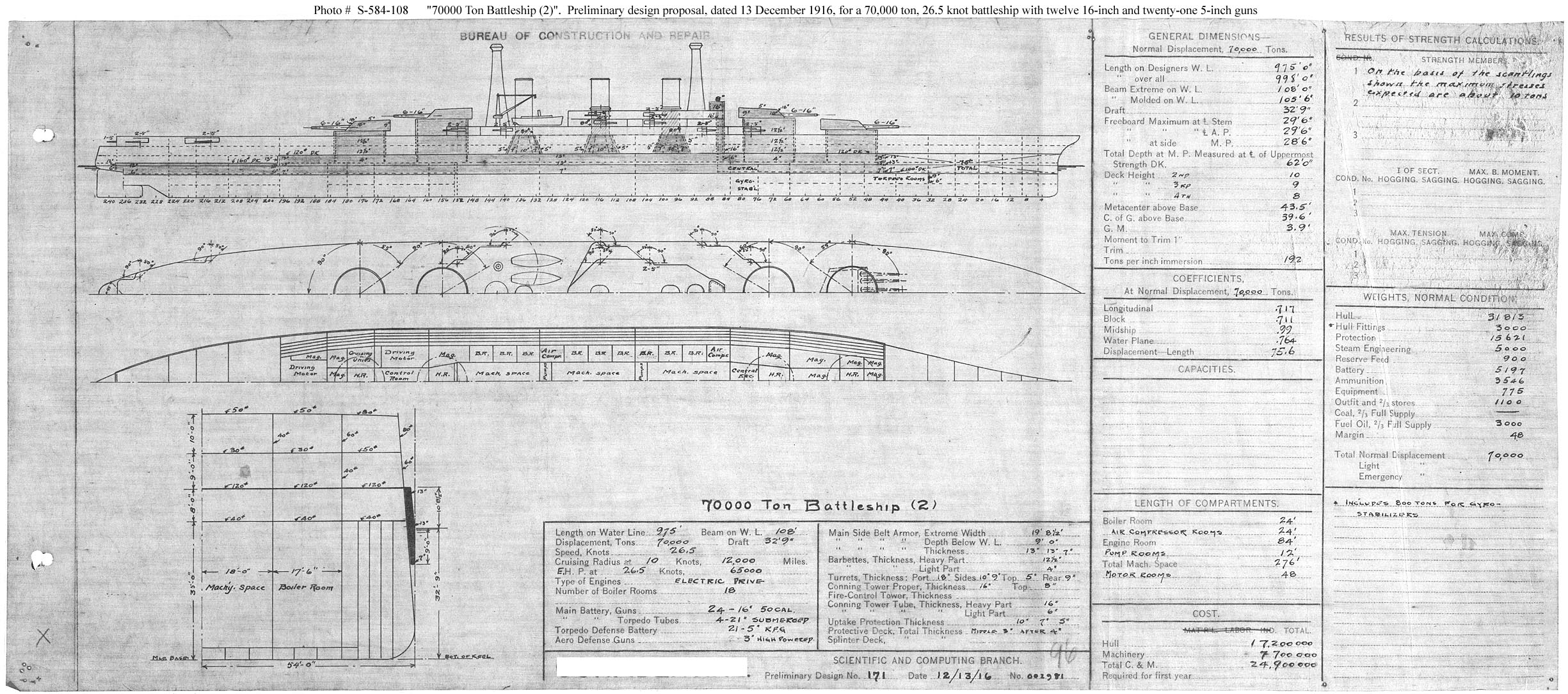
Tillman II was armed with a far more robust twenty-four 16-inch guns, in four sextuple superfiring turrets in the same layout as Tillman I. Speed remained at 26.5 knots, and the twelve additional 16-inch guns obliged a reduction of the belt armor to 13-inches so to keep a 70,000-ton displacement.
 Tillman N°3
Tillman N°3
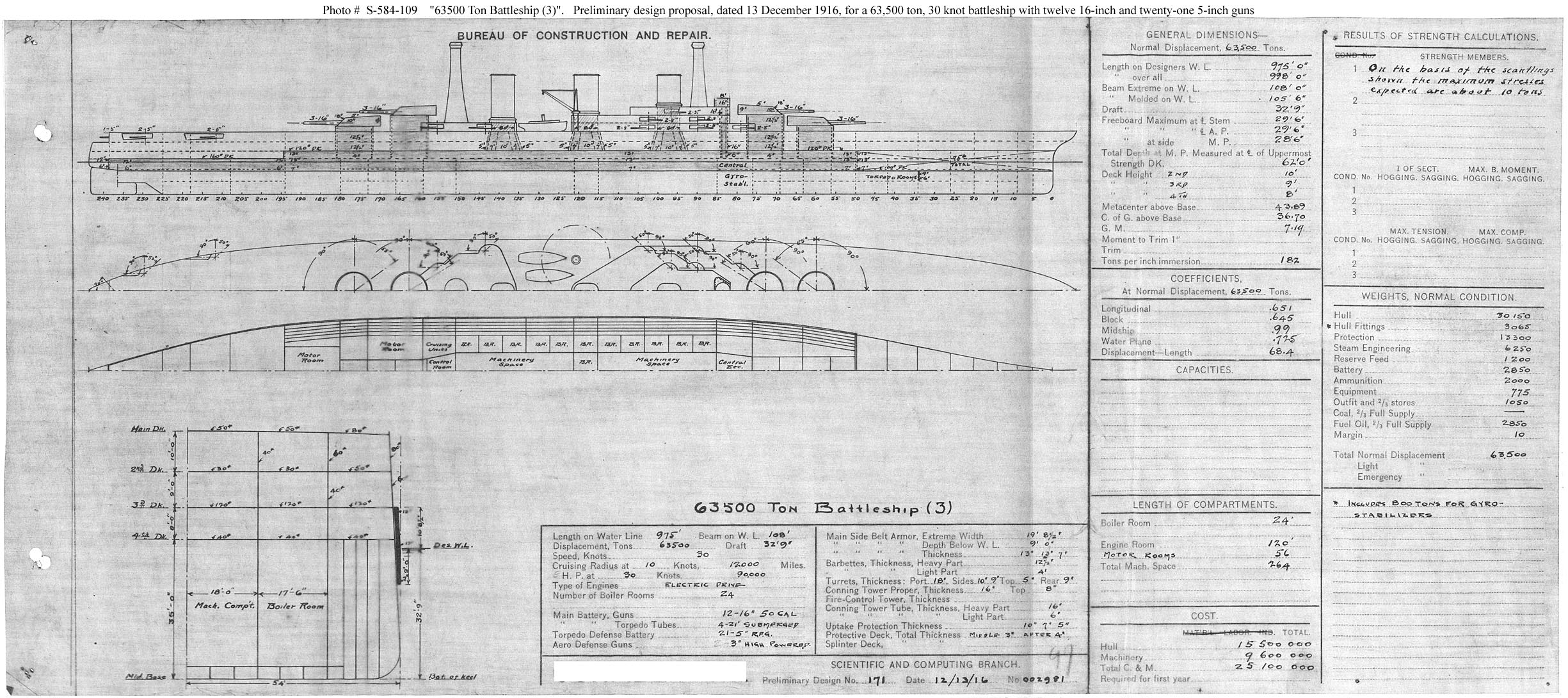
Tillman III was a return to the Tillman I armament, reduced armor of Tillman II, which made a loghter hull capable of 30 knots on a displacement of 63,500-tons. These were in essence, the battlecruisers of the designs.
 Tillman N°4
Tillman N°4
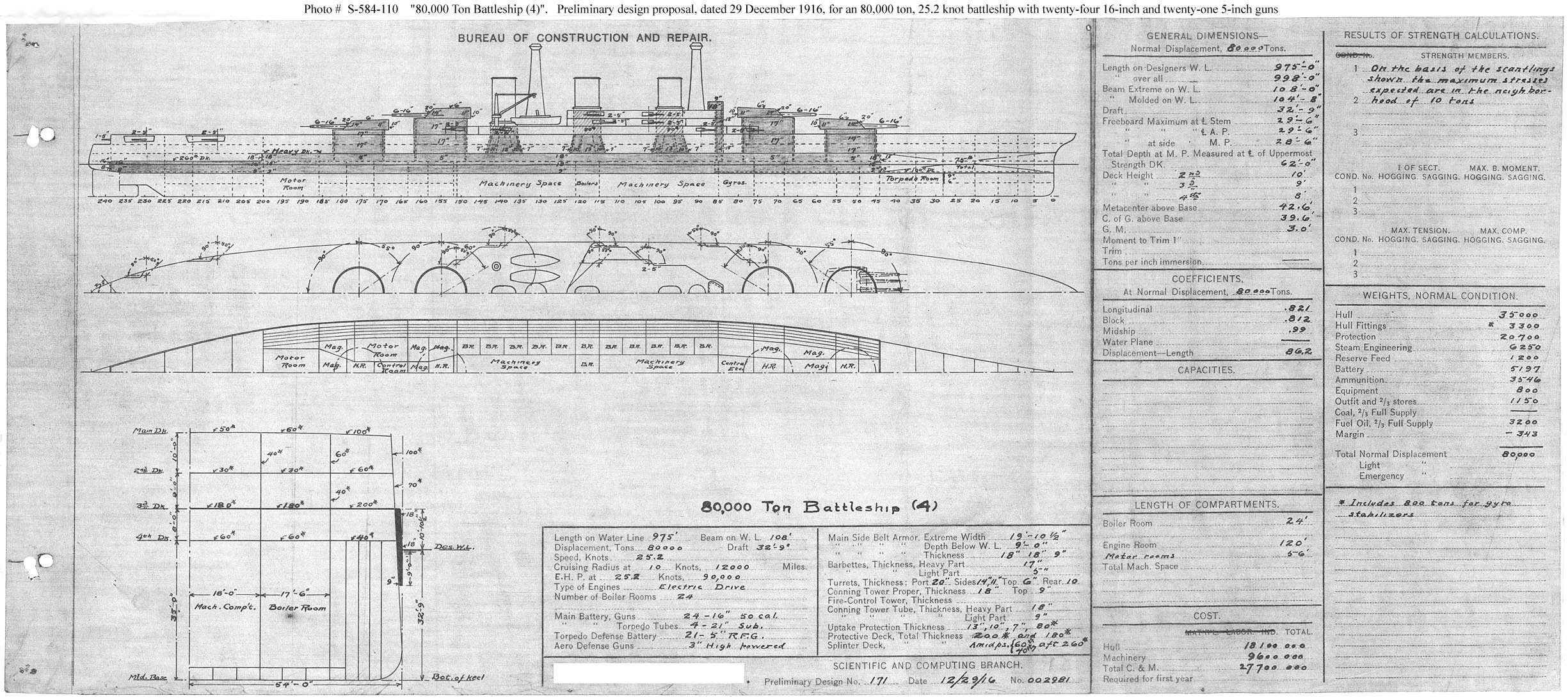
Tillman IV kept the sextuple turrets of Tillman II and 18-inch belt of Tillman I but speed fell to 25.2 knots and displacement rose to 80,000-tons.
 Tillman N°4 V1
Tillman N°4 V1
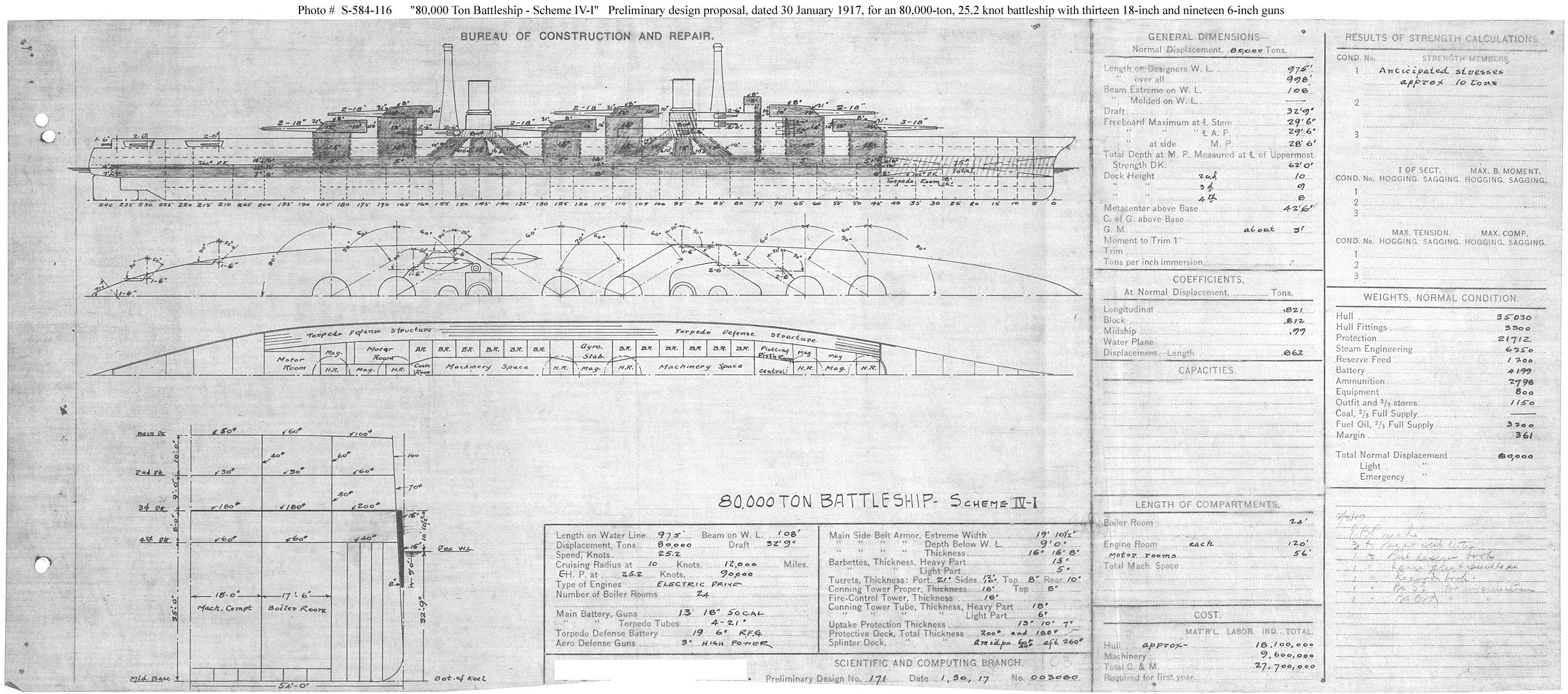
Dated 30 January 1917: 80,000 short tons (72,600 t), Tillman IV-1. This was one of the two sub-designs refined from “Tillman IV” after a positive return by Tillman. He proposed them to be up-gunned to thirteen 18-inch guns, in five twin, and one triple turret. The armour belt was downgaded to 16-inch and displacement maintained at 80,000-tons. The latter was the maximal allowance to stay “panamax compatible” in draught.
 Tillman N°4 V2
Tillman N°4 V2
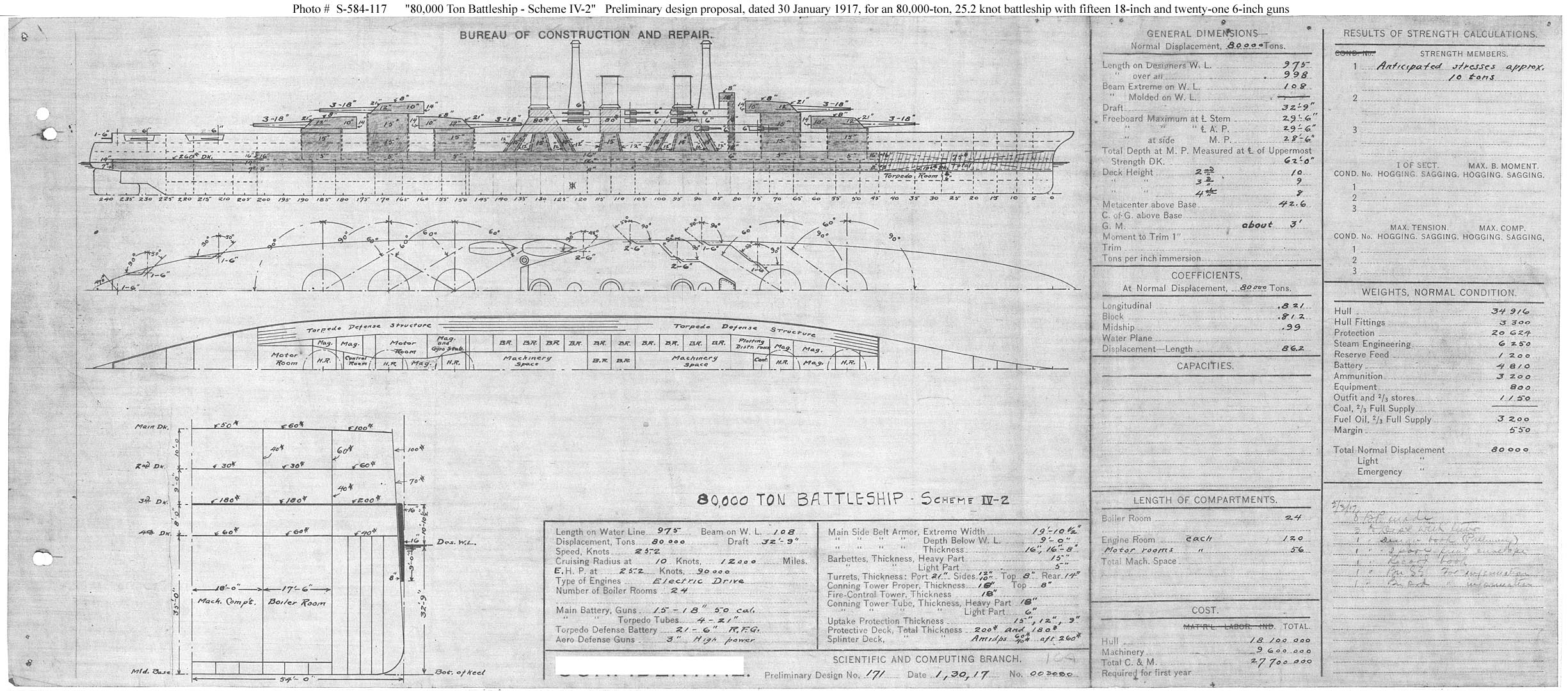
Tillman IV-2 was the second of the two sub-designs from “Tillman IV” and now had fifteen 18-inch guns in five triple turrets and the same 16-inch belt as above and same displacement. This was the most outlandish of a all these proposals.
Maximum Battleships: Technical Specifications
From the Wells Brothers’ Battleship Index, Tillman Battleships article.1 Tillman Battleship Design Studies: Technical Specifications
| Design | Tillman Battleships | South Dakota (BB-49) class (For comparison) | |||||
| #1 | #2 | #3 | #4 | IV-1 | IV-2 | ||
| Date | 13 Dec 1916 | 13 Dec 1916 | 13 Dec 1916 | 29 Dec 1916 | 30 Jan 1917 | 30 Jan 1917 | 8 Jul 1918 |
| Displacement, in tons | 70,000 | 70,000 | 63,500 | 80,000 | 80,000 | 80,000 | 43,200 |
| Waterline Length, in feet (meters) | 975 (297.2) | 660 (201.2) | |||||
| Overall Length, in feet (meters) | 998 (304.3) | 684 (208.5) | |||||
| Beam, in feet (meters) | 108 (32.9) | 106 (32.3) | |||||
| Draught, in feet (meters) | 32.75 (10.0) | 32.75 (10.0) | |||||
| Max. Speed, in knots | 26.5 | 26.5 | 30 | 25.2 | 25.2 | 25.2 | 23.5 |
| Max. Power, in EHP (SHP) | 65,000 EHP (130,000 SHP) | 65,000 EHP (130,000 SHP) | 90,000 EHP (180,000 SHP) | 90,000 EHP (180,000 SHP) | 90,000 EHP (180,000 SHP) | 90,000 EHP (180,000 SHP) | 60,000 SHP |
| Number of Boilers | 18 | 24 | 12 | ||||
| Main Battery | Twelve 16″/50 in four 3-gun turrets | Twenty-four 16″/50 in four 6-gun turrets | twelve 16″/50 in four 3-gun turrets | Twenty-four 16″/50 in four 6-gun turrets | Thirteen 18″/50 in five 2-gun turrets and one 3-gun turret | Fifteen 18″/50 in five 3-gun turrets | Twelve 16″/50 in four 3-gun turrets |
| Belt Armor | 18″/9″ | 13″/7″ | 13″/7″ | 18″/9″ | 16″/8″ | 16″/8″ | 13.5″/8″ |
| Barbette Armor | 17″/5″ | 12.5″/4″ | 12.5″/4″ | 17″/5″ | 15″/5″ | 15″/5″ | 13.5″/4.5″ |
| Turret Armor | 20″/14″/6″10″ | 18″/10″/5″/9″ | 18″/10″/5″/9″ | 20″/14″/6″/10″ | 21″/12″/8″/14″ | 18″/10″/5″/9″ | |
| Deck Armor | 5″ | 3″ | 3″ | 5″ | 5″ | 5″ | 5″/1.75″ |
| Notes | In some ways, this is a greatly enlarged South Dakota (BB-49) class battleship. While the South Dakota design was not finalized until 1918, design work was well under way at this point. | Similar to design #1, but trades off some armor for increased armament. (BuOrd considered 13.5″ to be the practical limit for armor plate thickness.) | Design 3 was a “fast battleship”. At the time, the General Board was not particularly interested in fast battleship designs. | Adding 10,000 tons to the displacement allowed the armor of Design #1 to be combined with the main battery of Design #2. | Had these ships actually been built, the guns probably would have been 18″/48 Mk1 | ||
Sources
Books
Friedman, Norman. Battleship Design and Development, 1905–1945. New York: Mayflower Books, 1978. ISBN 0-8317-0700-3. OCLC 4505348.
Links
Original article on web.archive.org: myplace.frontier.com TillmanBB.html
congress.gov June 21, 1916 Vol. 53, Part 10
https://www.congress.gov June 2, 1914 Vol. 51, Part 10 — Bound Edition 63rd Congress – 2nd Session
navweaps.com 18-in/48 mk1
navweaps.com 6-in/53 mk12
on globalsecurity.org/ bb-1917
on web.archive.org history.navy.mil
books.google.fr/ RA1-PA77
shipscribe.com
BUILD THE LIMIT: THE AMERICAN “MAXIMUM BATTLESHIP” DESIGNS OF 1916-17 A. D. Zimm Warship International vol 12 1975
Battleships of the U.S. Navy in World War II by Stefan Terzibaschitsch, 1976, Bonanza Book, New York NY
Schlachtschiffe und Schlachtkreuzer 1905-1970 by Sigfried Breyer, 1972, Karl Müller Verlag
Battleships: United States Battleships, 1935-1992 by William H. Garzke Jr. and Robert O. Dulin Jr. 1995, Naval Institute Press Annapolis MD.
U.S. Cruisers: An Illustrated Design History by Norman Friedman, 1984, Naval Institute Press, Annapolis MD.
U.S. Battleships: An Illustrated Design History by Norman Friedman, Naval Institute Press, Annapolis, MD 1985
US Naval Weapons by Norman Friedman, Naval Institute Press, Annapolis MD.
Videos
Drachinfels Tillman Battleships – Guide 073 (Extended Special – NB)




 Latest Facebook Entry -
Latest Facebook Entry -  X(Tweeter) Naval Encyclopedia's deck archive
X(Tweeter) Naval Encyclopedia's deck archive Instagram (@navalencyc)
Instagram (@navalencyc)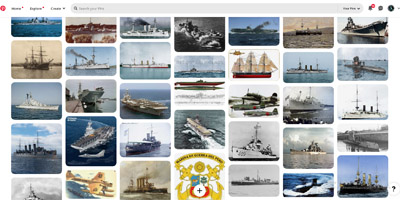

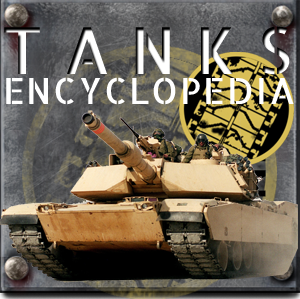
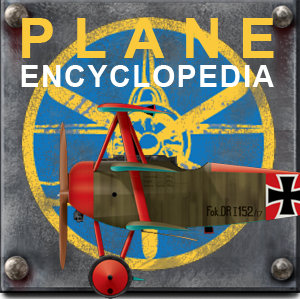
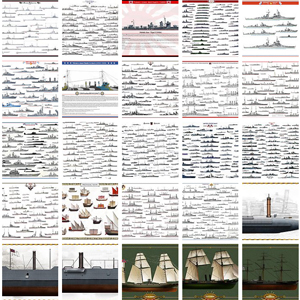

 French Navy
French Navy Royal Navy
Royal Navy Russian Navy
Russian Navy Armada Espanola
Armada Espanola Austrian Navy
Austrian Navy K.u.K. Kriegsmarine
K.u.K. Kriegsmarine Dansk Marine
Dansk Marine Nautiko Hellenon
Nautiko Hellenon Koninklije Marine 1870
Koninklije Marine 1870 Marinha do Brasil
Marinha do Brasil Osmanlı Donanması
Osmanlı Donanması Marina Do Peru
Marina Do Peru Marinha do Portugal
Marinha do Portugal Regia Marina 1870
Regia Marina 1870 Nihhon Kaigun 1870
Nihhon Kaigun 1870 Preußische Marine 1870
Preußische Marine 1870 Russkiy Flot 1870
Russkiy Flot 1870 Svenska marinen
Svenska marinen Søværnet
Søværnet Union Navy
Union Navy Confederate Navy
Confederate Navy Armada de Argentina
Armada de Argentina Imperial Chinese Navy
Imperial Chinese Navy Marinha do Portugal
Marinha do Portugal Mexico
Mexico Kaiserliche Marine
Kaiserliche Marine 1898 US Navy
1898 US Navy Sovietskiy Flot
Sovietskiy Flot Royal Canadian Navy
Royal Canadian Navy Royal Australian Navy
Royal Australian Navy RNZN Fleet
RNZN Fleet Chinese Navy 1937
Chinese Navy 1937 Kriegsmarine
Kriegsmarine Chilean Navy
Chilean Navy Danish Navy
Danish Navy Finnish Navy
Finnish Navy Hellenic Navy
Hellenic Navy Polish Navy
Polish Navy Romanian Navy
Romanian Navy Turkish Navy
Turkish Navy Royal Yugoslav Navy
Royal Yugoslav Navy Royal Thai Navy
Royal Thai Navy Minor Navies
Minor Navies Albania
Albania Austria
Austria Belgium
Belgium Columbia
Columbia Costa Rica
Costa Rica Cuba
Cuba Czechoslovakia
Czechoslovakia Dominican Republic
Dominican Republic Haiti
Haiti Hungary
Hungary Honduras
Honduras Estonia
Estonia Iceland
Iceland Eire
Eire Equador
Equador Iran
Iran Iraq
Iraq Latvia
Latvia Liberia
Liberia Lithuania
Lithuania Mandchukuo
Mandchukuo Morocco
Morocco Nicaragua
Nicaragua Persia
Persia San Salvador
San Salvador Sarawak
Sarawak Uruguay
Uruguay Venezuela
Venezuela Zanzibar
Zanzibar Warsaw Pact Navies
Warsaw Pact Navies Bulgaria
Bulgaria Hungary
Hungary

 Bundesmarine
Bundesmarine Dutch Navy
Dutch Navy Hellenic Navy
Hellenic Navy Marina Militare
Marina Militare Yugoslav Navy
Yugoslav Navy Chinese Navy
Chinese Navy Indian Navy
Indian Navy Indonesian Navy
Indonesian Navy JMSDF
JMSDF North Korean Navy
North Korean Navy Pakistani Navy
Pakistani Navy Philippines Navy
Philippines Navy ROKN
ROKN Rep. of Singapore Navy
Rep. of Singapore Navy Taiwanese Navy
Taiwanese Navy IDF Navy
IDF Navy Saudi Navy
Saudi Navy Royal New Zealand Navy
Royal New Zealand Navy Egyptian Navy
Egyptian Navy South African Navy
South African Navy






























 Ukrainian Navy
Ukrainian Navy dbodesign
dbodesign